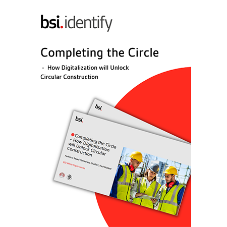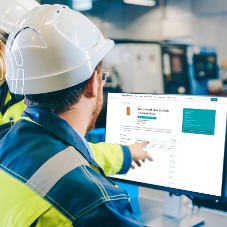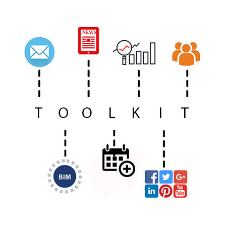Ross Matthews, Head of Sales - BSI Identify
The word ‘change’ is frequently applied to construction, particularly in terms of the industry needing to adapt to smarter more sustainable ways of working and create safer, more energy-efficient buildings. But is the sector ready or even willing to embrace the opportunities that come its way thanks to advances in building technology?
Building supply chain disconnects are becoming more apparent in regard to a crucial aspect of construction: specification. However, this can be addressed with clear, persistent product information that is digitally accessible to the whole construction supply chain. This not only supports the industry as it continues to digitise and address critical safety issues, but also bring additional clarity to the origin and composition of materials that make-up buildings. Ultimately, this helps improve the connective function of the entire supply chain.
Get ahead of the curve
Early adopters of product traceability digital systems will be able to fulfil the requirements for labelling and identification that will reduce risks and improve safety. Product traceability is a reputational enhancer, providing manufacturers with a USP and differentiation from competitors. It also aligns adopters to best practice and sends a message to specifiers that here is a manufacturer that is as focused on building quality and standards, as it is profit margins. Such characteristics are essential to instilling trust in a building product provider, an outcome that will go a long way to establishing them as an industry ‘go-to’ for solutions containing data that is digitally hallmarked and easily accessed.
As building practices evolve with improved technology, so the opportunity arises for manufacturers to introduce smarter working practices that are more time and cost effective. Again, product ID capabilities can facilitate such an achievement. Its use in reducing the expense and working hours devoted to driving and generating specifications is one example of how the digital traceability system can refine traditional processes.
The promotion of new building products to the marketplace involves a myriad of supporting literature, not to mention vital approvals from industry certification bodies. However, as many, a manufacturer will testify, these credentials are no guarantee of specification, even if the solution itself boasts a best in-class performance and is ideal for the project involved. This is due to more and more developers and contractors requiring a basic level of product ID in order to safeguard their building and ultimately, their reputation. In some respects, it could be said that early adopters of product traceability are able to shortcut the marketing process, with the system giving them a distinct advantage in the eyes of potential specifiers.
There is no doubt that product ID will become a must-have attribute for manufacturers. Greater transparency will feature as a part of ever-tighter regulations to improve building safety, with specifiers demanding solutions that are as reliable as they are traceable. The change is coming and amongst the many benefits it begets, product ID should ensure fewer hiding places for builders who continue to swap-out or de-specify products for cheaper, lower-quality alternatives. Therefore, through product traceability, it’s anticipated a safer, better-built environment will emerge.
BSI Identify Information: https://pages.bsigroup.com/l/35972/2023-02-15/3t5q2mg
Request more product information: https://pages.bsigroup.com/l/35972/2023-02-15/3t5q2pn















